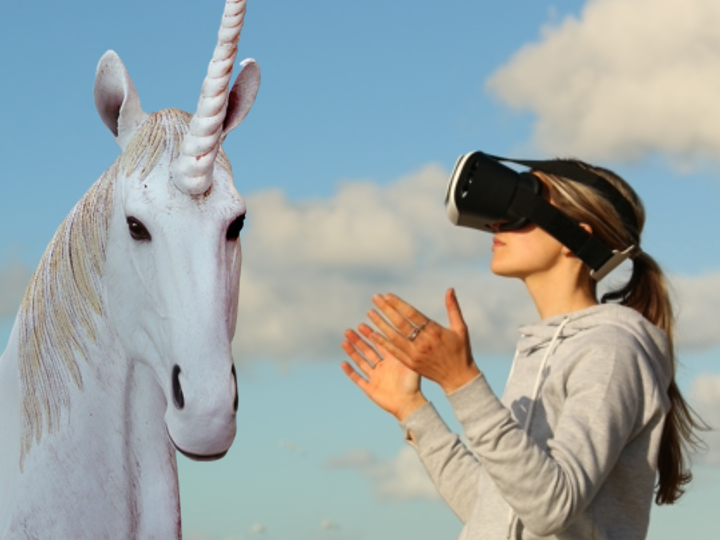 Introduction:
Introduction:
In human cognition, there exists a fascinating interplay between belief and perception. The adage “I will believe it when I see it” implies that our thoughts and feelings are shaped by our experiences. However, it’s equally true that our beliefs influence what we perceive, leading to the notion of “when I believe it, I will see it.” This dynamic relationship between belief and perception underscores the concepts of cognitive bias and cognitive dissonance, which profoundly influence our decision-making processes and behaviors.
Understanding Cognitive Bias:
Cognitive bias refers to the systematic pattern of deviation from rationality in judgment, where individuals create their subjective reality based on their personal experiences and preferences rather than objective evidence. One of the most well-known cognitive biases is confirmation bias, wherein individuals tend to seek out information that confirms their pre-existing beliefs while disregarding contradictory evidence. This bias perpetuates a cycle where beliefs shape perception, leading individuals to interpret ambiguous situations in a manner consistent with their existing beliefs.
Key Research: A seminal study by psychologist Peter Wason in the 1960s demonstrated confirmation bias through a logical reasoning task known as the “Wason selection task.” Participants were given a rule (e.g., “if a card has a vowel on one side, it must have an even number on the other side”) and asked to select cards to test the rule. The results consistently showed that participants overwhelmingly chose cards that confirmed the rule rather than those that could disprove it, illustrating the influence of confirmation bias on decision-making.
Understanding Cognitive Dissonance:
Cognitive dissonance, on the other hand, refers to the psychological discomfort experienced when individuals hold contradictory beliefs, attitudes, or values, leading them to seek resolution to alleviate this discomfort. This resolution often involves modifying beliefs or behaviors to restore internal consistency. However, cognitive dissonance can also lead individuals to rationalize their beliefs or behaviors in order to maintain a sense of coherence, even in the face of contradictory evidence.
Key Research: The classic study by Leon Festinger in the 1950s examined cognitive dissonance through the “festinger and carlsmith study.” Participants were asked to perform a monotonous task and then were paid either $1 or $20 to lie to another participant about the task’s enjoyment. Those who were paid $1 experienced greater cognitive dissonance, as they had insufficient external justification for lying, leading them to rate the task as more enjoyable to align with their behavior.
The Interplay Between Belief and Perception:
The adage “when I believe it, I will see it” encapsulates the intricate relationship between belief and perception, where our cognitive biases and cognitive dissonance influence how we interpret the world around us. When we hold strong beliefs, our perception becomes skewed to align with those beliefs, reinforcing our existing worldview. Conversely, when faced with conflicting information, cognitive dissonance motivates us to reconcile discrepancies to maintain cognitive harmony.
Implications for Decision-Making:
Understanding the interplay of belief and perception is crucial for decision-making processes, as it highlights the inherent biases that can cloud judgment. By recognizing our propensity for confirmation bias and cognitive dissonance, we can strive for greater objectivity and critical thinking in evaluating information and making decisions. Moreover, fostering an awareness of these biases can facilitate more effective communication and collaboration, as individuals seek to mitigate their influence on interpersonal interactions.
Conclusion:
The dynamics between belief and perception, as epitomized by the adage “when I believe it, I will see it,” underscore the complexity of human cognition. Cognitive biases and cognitive dissonance shape our interpretation of reality, influencing our beliefs, attitudes, and behaviors in profound ways. By acknowledging these biases and striving for greater self-awareness, we can enhance our decision-making processes and foster a more nuanced understanding of the world around us.
Coming soon Part 2 – The Interplay of Belief, Perception, and Action: Understanding Cognitive Bias and Dissonance in Leadership and Culture
Tim HJ Rogers
Consult | CoCreate | Deliver
I support people and teams to grow, perform and succeed unlocking potential as a partner Consultant, Coach, Project and Change Manager. Together we can deliver projects and change, and improve the confidence, capacity, drive and desire of the people I work with.
ICF Trained Coach | MBA Management Consultant | PRINCE2 Project Manager, Agile Scrum Master | AMPG Change Practitioner | Mediation Practitioner | BeTheBusiness Mentor | 4 x GB Gold Medalist | First Aid for Mental Health | Certificate in Applied Therapeutic Skills
#people #process #performance #projects #programmes #pmo #change #processimprovement #projectmanagement #changemanagement #workshops #mediation #coach #icfcoach #mentor #facilitation #training #jersey #channelislands
